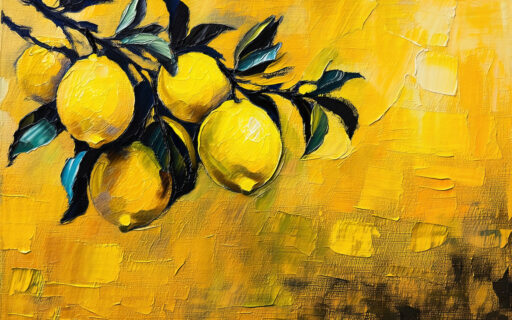- #Ingredient
-
餡子
Anko is a traditional Japanese sweet paste made from boiled red beans. Used in wagashi, bread, ice cream, and more, it’s known for its natural sweetness. There are two types: smooth “koshian” and chunky “tsubuan.”
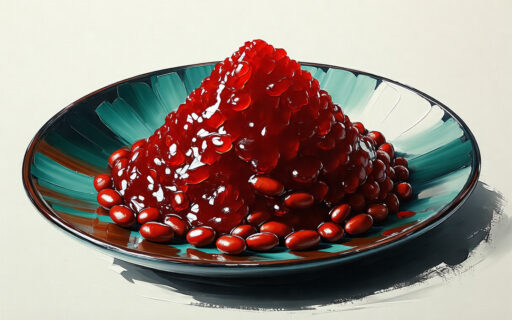
-
大葉
Ohba is a Japanese aromatic herb with a refreshing scent and slight spiciness. It excels in many roles—garnish for sashimi, a star ingredient in tempura, and a subtle accent in pasta—adding brightness and depth to dishes.
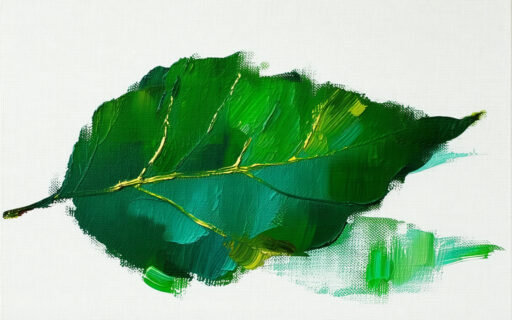
-
牡蠣
Japanese oysters are harvested nationwide, with Hiroshima and Akkeshi being especially famous. Enjoyed raw, grilled, or fried, they are known for their rich, milky flavor.
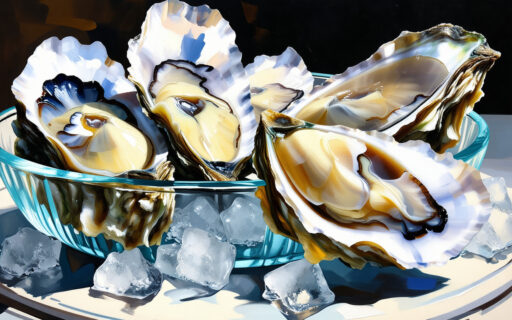
-
柿
A classic autumn fruit in Japan, available in sweet and astringent varieties. When fully ripe, it develops a deep sweetness. Eaten fresh or dried as hoshigaki, persimmons symbolize the arrival of fall.
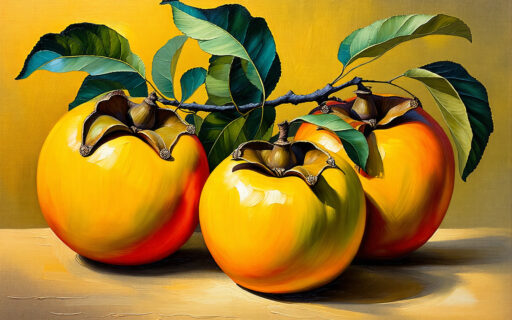
-
鰹節
Katsuobushi is dried, smoked bonito, known as the hardest food in the world. It is shaved to make “dashi,” the umami-rich broth essential to Japanese cuisine.

-
きな粉
A fragrant powder made from roasted soybeans, commonly used in Japanese sweets like mochi. Rich in plant protein and minerals, it’s now recognized as a Japanese superfood.
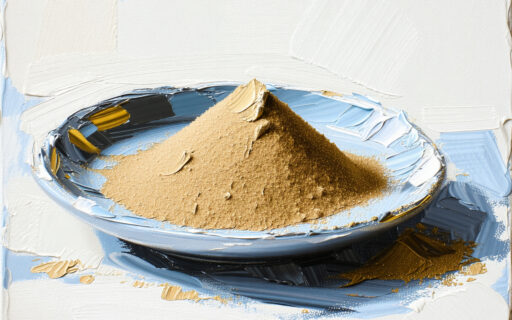
-
牛乳
Japanese milk is known for its relatively low fat content, offering a clean and refreshing taste. It pairs well with meals and sweets, and is widely consumed in households and school lunches.

-
高野豆腐
Koya-dofu is a freeze-dried tofu with a sponge-like texture, made by freezing and drying tofu. Rich in plant protein and calcium, it’s often called a “Japanese superfood” for its nutrition and versatility.
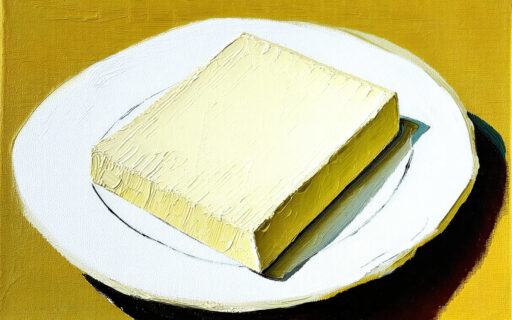
-
昆布
Kombu is a type of kelp essential to Japanese cuisine. Harvested mainly in Hokkaido, it provides elegant umami flavor and is often combined with katsuobushi for dashi.

-
筍
A seasonal ingredient in spring, takenoko is a young bamboo shoot known for its tender yet crisp texture. Used in tempura, soups, simmered dishes, and mixed rice.
-
納豆
Natto is a traditional Japanese food made from fermented soybeans. It is known for its sticky texture, stringiness, and strong smell. Commonly considered healthy and eaten for breakfast in Japan.
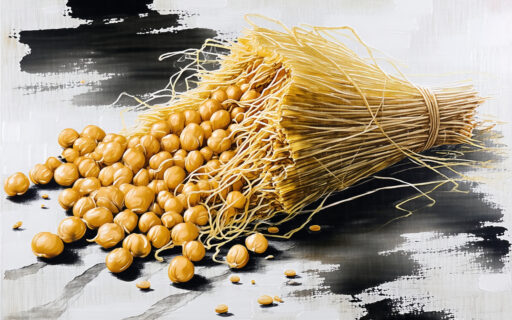
-
生卵
Raw eggs in Japan are safe to eat due to strict hygiene control. Dishes like “tamago kake gohan” highlight the natural flavor of the egg, reflecting Japan’s unique food safety standards and culinary culture.
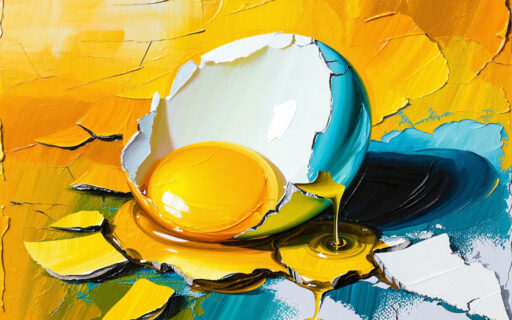
-
河豚
Fugu is a poisonous fish containing tetrodotoxin, especially in its liver and ovaries—said to be 500 times more toxic than cyanide. In Japan, special licenses are required to prepare it.
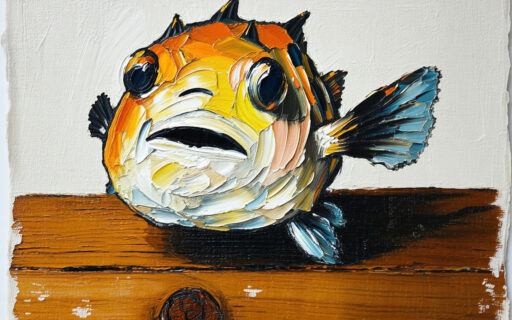
-
味噌
Miso is a traditional Japanese seasoning made by fermenting soybeans. It is used in soups and stews, with regional varieties shaping Japan’s culinary identity.
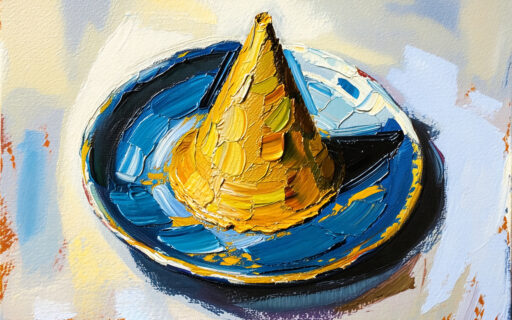
-
明太子
Mentaiko is spicy cod roe seasoned with chili. Its unique spicy flavor makes it a versatile ingredient in dishes like pasta, grilled mentaiko, squid with mentaiko, and rice balls.
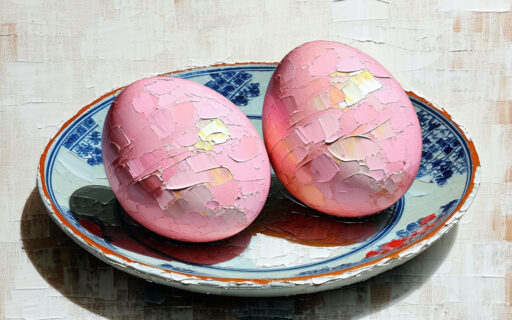
-
柚子
Yuzu is a citrus long rooted in Japan, known for its sharp aroma and bright acidity. It’s widely used as a seasoning, garnish, and flavor base. On the winter solstice, people often enjoy yuzu baths for warmth and health.
